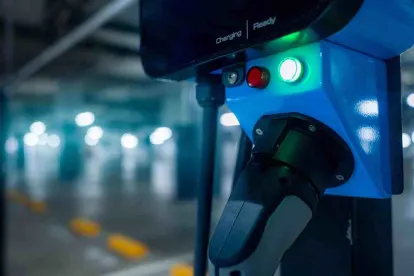As consumers continue to display a growing appetite for the electric vehicle compared to their fossil fuel counterparts, manufacturers are starting to take notice. In 2021 alone, major OEMs and new-market entrants are expected to the launch over 22 new EV models around the globe. These new models are coming as either standalone platforms under new models or as a upgrades within existing model line-ups. But, with new models being announced every few weeks, roadblocks to wider adoption continue to persist.
We noted in our February 10th article, The Shift to Electric Vehicles is Only Just Starting to Accelerate, consumers are starting to see full electrification commitments by major OEMs and new market participants at an ever increasing rate, including many committing to full electrification within the decade. While the EV technologies underlying most new models are relatively similar in nature, the availability of EV tax credits for purchasers and infrastructure limitation remain two key bottlenecks in purchaser decision making and eventual electric vehicle adoption.
Since 2010, consumers who purchase an electric vehicle could qualify for a tax credit of $7,500 depending on the type of electric vehicle they purchased. At the time this credit was put into place, electric vehicle adoption in America was still in its infancy and models were limited in their availability as only a few manufacturers offered them for sale. The tax credit carried with it a cap of 200,000 vehicles from each manufacturer. Once a manufacture sold its 200,001 electric vehicles, the tax credit dropped to zero in a year. As a result, OEMs, such as General Motors and Tesla, who have already sold over 200,000 qualifying vehicles are no longer to leverage the tax credit as a way to offset the higher cost of many of their electric vehicle models. Recognizing the disparity caused by an effective penalty on those who supported electrification early on, compared to those just now entering the market, the Biden Administration and members of Congressional leadership are looking at ways to expand or otherwise modify the cap above the 200,000 thresholds and level the playing field for existing and new manufacturers.
Even with the tax credit being modified, as we noted in our prior article, the infrastructure needed to support the shift from gas stations to charging stations will continue to be a roadblock along the way to main-stream electrification. Although consumers may be willing to turn in the pump for a plug, their ability to find adequate charging stations let alone the time constraints of charging a battery will likely remain roadblocks for the short-term rollout of electric vehicles. Further, access to a robust power-grid infrastructure, parking spots with charging capacities, home charging solutions, and other options to recharge one’s electric vehicles will continue to be hot button issues as OEMs implement their fully electrified platforms.
Unlike communities in Europe, who can travel locally in their car, but can rely on mass transit like trains for inter- and intra-city travel, the United States is highly dependent on highway infrastructure. As a result, personal vehicles are a necessary mechanism for many Americans to move around. In the electric vehicle dominated world, with existing battery and charging technologies, this means ordinary road trips have to account for greater travel times due to charging timelines and incomplete charging infrastructure. As a recent Wall Street Journal report uncovered, a journey from Tampa, FL to Fort Carson, CO, which normally takes 30 hours via gasoline powered vehicle, will take 58 hours in electric vehicles when accounting for charging times. While charging time compared to fueling time is often a culprit of the added timeline, broken chargers, slower than advertised charging rates, and occupied chargers are also often to blame. While growing pains in the electric vehicle infrastructure are expected to continue for the short term, a critical mass of reliable and an abundance charging infrastructure will be necessary for setting range anxiety at ease for many Americans.



 />i
/>i

